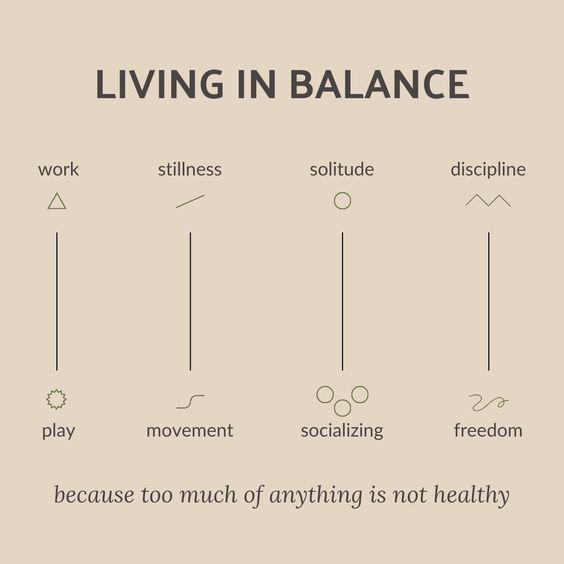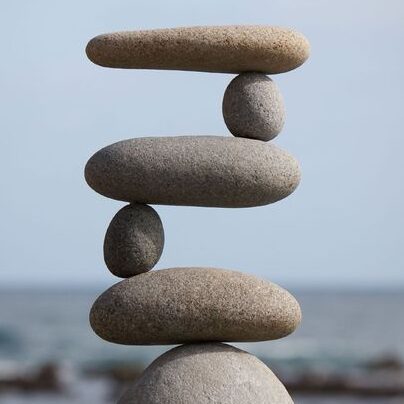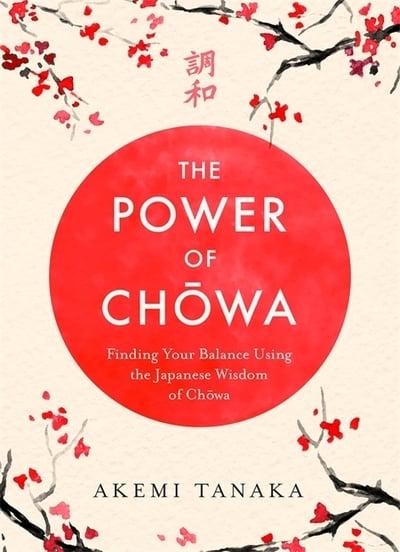I found myself one night up at one am wide awake. We all have these nights but on this particluare night I found myself thinking about a piece of my clients’ work that required me to go beyond my creative depths.
I switched on my Kobo and picked the first book in “my Books” folder hoping it would eventually tire me out. Well, two hours later I found my self two hundred pages deep in this incredible book.


Striking a balance is an ongoing and dynamic mission for all of us. Whether it’s a long stroll or spending time with friends, everyone has their own idea of what it takes to achieve calm, be present or be still. “Chowa”, the Japanese idea of harmony, is the greatest approach to achieve balance, according to author Akemi Tanaka whose book I could not put down.
Tanaka reveals the meaning of following one’s own path in Japanese culture through her autobiography, The Power of Chowa (find it here). An excellent read, The Power Of Chowa is moving, honest, and full of life.
Harmony is not the focus of Chowa.
First, Tanaka clarifies that the term “chowa” is not to be mistaken with “harmony” in English. The alternative is that chowa stands for the never-ending quest for equilibrium. Reminiscing about her upbringing in rural Musashi, she describes the challenges of standing out in a culture that prizes sameness over individuality. When she got divorced, she had to find new ways to explore her traditions in the U.K that would allow her to transfer them over to her daughter.
“Her style is unique” connotes something pointed and slightly unpleasant, like she’s doing something extremely off the wall, according to Tanaka, who says that “in Japan, the word ‘unique’ has strong negative connotation.” The Japanese proverb “deru kui wa utareru” (the nail that sticks out is hammered down) describes the widespread reaction of shock and terror to anything perceived as being out of place in Japanese society.
Tanaka, on the other hand, opted to stay true to herself by rejecting the idea that she had to comply.
Embracing chowa , it teaches you several things, one of which is how to find your own style. How to achieve work-life balance is another intriguing section. While it’s critical to strike a balance with coworkers, Tanaka notes that workplace harmony shouldn’t entail mindlessly accepting situations and going along with the flow.
Try not to get caught up in the role you think you “should” be playing. Whether you are trying to be the partner or the parent you think you “should” be, you have to admit that you are a mix of what your parents taught you and what you learned from others. We all invent ourselves as we go along.
We could all do with taking our roles a little lens seriously.
In my home I play a variety of roles but they are equal. Being a mother too, we are constantly on top of our children, taking care of their wants and needs but Tananka explains what happnes if we did not all the time?
I reflected back on how I approach my buisness too. She mentions “if you care enough about something, the more you practice it” and that is exaclty how I feel about calligraphy.
-whether it’s a hobby, a skill, a certain way of living, or a job
– the better you will become at it. Eventually, it can become as natural as breathing. That is how we become who we want to be: we find what we love and we keep at it
“Making money can feel like digging a hole with a needle, but spending it is like water disappearing into the sand.”
Japanese proverb
Some other parts that really piqued my interest were the ones that discussed the practical application of Edo-era chowa principles like mottanai (the idea of sustainability) and sho-yoku, chi-soku (little desire, wise sufficiency).
Representing the values that matter!

Tanaka gives a clear picture of the reality of life for many Japanese women by sharing her personal experiences. It conveys a feeling of unfairness and a desire for a better society for women everywhere. As an indian women we have also endued some of the hardships that come with being a woman of colour, a woman of immigrant parents or an immigrant woman. The story of Shiori Ito and the Me Too movement are two examples of how Tanaka honors the strength of others.
Bringing harmony into washoku (the art of cuisine) is just one of many essential chowa lessons. Tanaka gives a wealth of information regarding the history of Japanese cooking and the color theory behind kaiseki and other forms of haute cuisine.
Whether it’s startlingly simple or Japanese haute cuisine, kaiseki is a meal of modest simplicity. It is surprisingly sumptuous for a dish that the monks prepared. Traditional kaiseki cuisine aims to please not only the five senses—smell, taste, touch, and sight—but also the five colors—red, green, yellow, white, and black.
You will find practical life lessons in every chapter of The Power Of Chowa. The book has opened my eyes to a new aspect of Japanese society that I had a vague idea of what existed before. A balancing act is what it takes to find balance, I’ve realized. Books that support a Japanese lifestyle and showcases it well.
That, in my opinion, is the central lesson of The Power Of Chowa. Its purpose is to make you think about things from a different cultural perspective. Finding that sweet spot is a challenge for people all throughout the world. And it’s alright with me because it’s true. Embrace it.
More wonderful Books that I can atest to reading are available here
Remember that self-help isn’t a magic bullet for every issue.
On the contrary, it can assist us in readjusting parts of our everyday life, albeit gradually.




